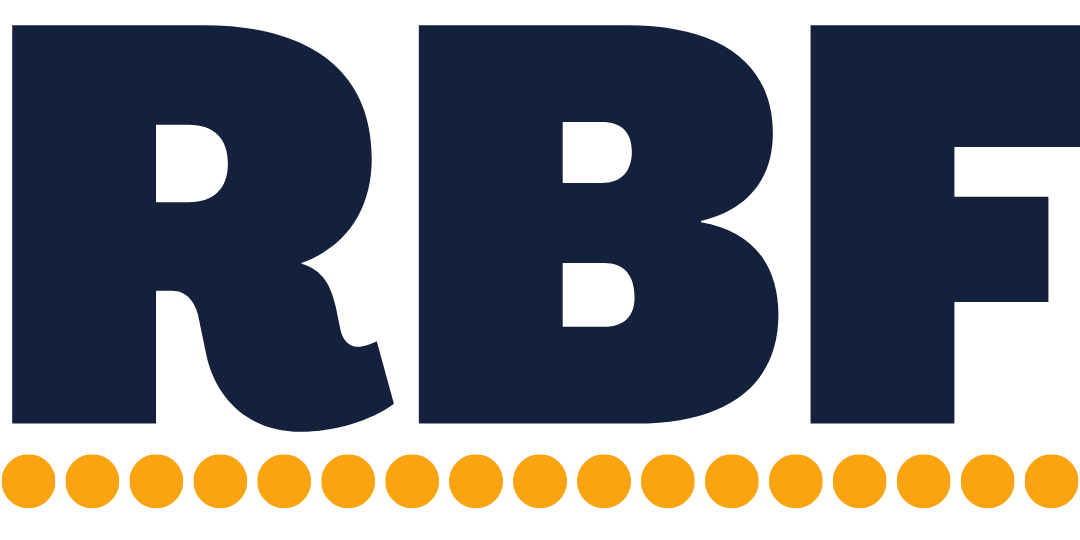Improve your cash flow by collecting client payment info during contract signing
Laws and contracts: There are a variety of laws and security standards surrounding payment info. If you’re going to collect payment info as part of your contract signing process or keep it on file, it needs to be done legally and securely. That means including proper wording in your contracts, direct debit authorizations, and using secure applications to collect and charge payments. (Please don’t ask clients to email you payment info/voided checks or store it as unsecured plain text in an Excel sheet, okay? Vault it in compliant payment software.)
How to collect payment info: You really have two options – manually collecting info and setting up direct withdrawals or using software to collect and automatically charge accounts. Manually setting up withdrawals works great if you still have a very manual onboarding process. But, if your onboarding process is automated, look for tech that fits into your onboarding stack.
Manual: When manually collecting payment info and setting up withdrawals, you’ll want to include a direct debit authorization with your initial contract. Most payment processors have a basic/boilerplate authorization that you can use. Then, you’ll need to manually enter the info into your payment processor (for both one-time and recurring withdrawals). When handling the process manually – setting up withdrawals, getting authorizations signed, securely collecting info, ending recurring debits, and updating info will all need to be done manually by you.
Software: Most payment processors and proposal software (eg Pandadoc, Docusign, etc) can securely request payment info, vault it, charge it, and manage direct debit authorizations. Although, you may have to dig around for the vault feature. Proposal software can even collect payment info during the contract esigning process. Alternatively, you can also use membership software to manage recurring client engagements. Membership software will also give clients a portal to change payment info or pause withdrawals themselves. (If you need something lightweight, Stripe includes a veryyy basic portal for recurring transactions.)
Credit card vs ACH: Credit cards are always more convenient for your client than ACH because they already have their card info on them (and everyone wants those credit card points). But, if you’re collecting payment info for a high ticket or recurring engagement, try to get ACH info. When processing it manually, you can give clients the ACH authorization form. And, when using software, many (but not all) softwares will let you turn off the credit card payment option. ACH will save you on the processing fees and entering it once then having it automatically debited isn’t thattt inconvenient for your clients.
Negotiating: All payment terms are open to negotiation, not just pricing. Automatic withdrawals and upfront payments can be conceded instead of reducing your prices or can be a gimme in higher tier packages (eg bronze plan requires upfront auto withdrawal, platinum tier allows for net15).
Action Item: Check if you can vault payment info thru your proposal or payment processing software.
